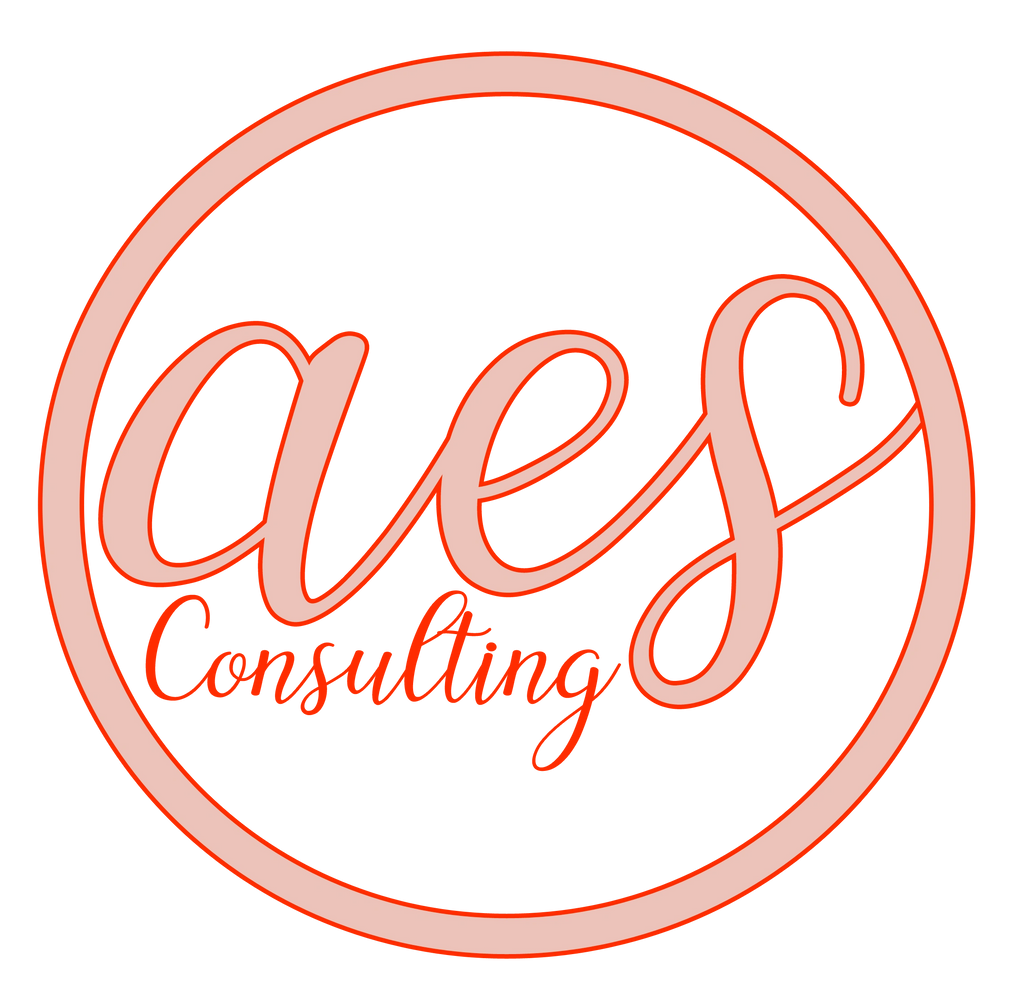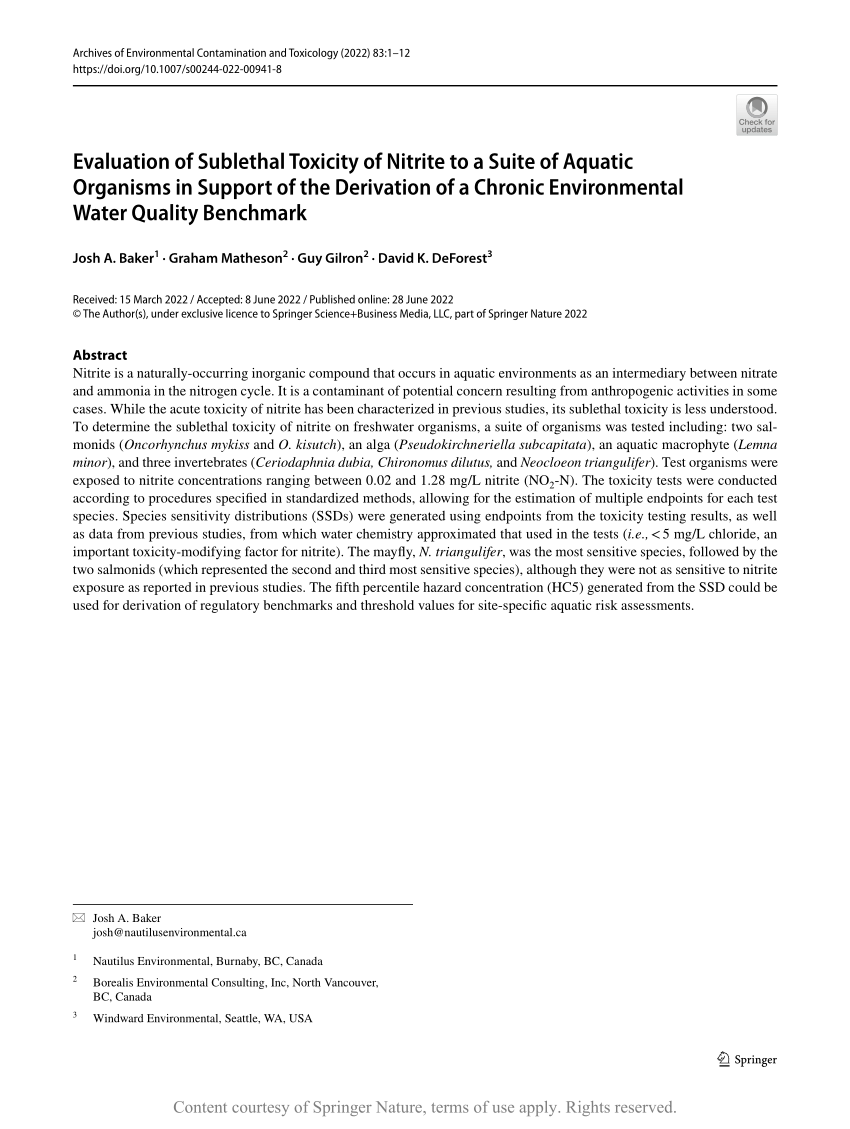
There are several types of structure that a company may choose to use. These include functional, hierarchical, and matrix structures. These structures can be helpful depending on the business goals of the organization. These structures can help companies determine what areas they should be focusing on and what to do next. The company's structure can also be used to help determine how it will allocate its resources.
Functional structure
A functional structure is a great way to organize a company. This structure allows employees focus on their particular areas of expertise. Because employees are more able to collaborate and take risks, it can create a more productive environment. This structure is the most commonly used. It makes it possible for employees to be specialized and work with others in the same roles. It can be scaled to suit any size business. However, it comes with its own set of challenges.
The biggest advantage of a functional structure is that it creates a stable work environment with a defined job scope. It improves organization efficiency. Many large companies have adopted this structure as it allows departments to work independently and avoids bottlenecks within their company. It also taps into employees' strengths because they are working in their areas of expertise.
Hierarchical structure
Hierarchical structures are the way a company is structured. It helps the management run the business in a controlled manner. The manager is responsible for the management of each department. They manage the daily operations. It allows the managers to move people up from the lower levels if they feel it is necessary. As a company grows, the hierarchy can become more complex.

Most companies use a pyramid-like structure that has a small leadership team at the top, many employees at the base, and various levels in the middle. However, the modern age has seen a new generation of workers who are dissatisfied with hierarchy. This has led some companies to try to restructure their hierarchies. One of the most prominent software companies' employee handbooks eliminates managers to make way for teams of employees.
Matrix structure
A matrix structure is a company's organizational setup that is divided into different units and reporting relationships. This type is ideal for companies with high potential growth and who need to quickly develop new products or service. It can pose problems when it is necessary to manage existing units or create priorities.
Managers who work in a matrix environment should be able to effectively communicate with each others. They will be able set clear expectations for their employees. If there are disagreements, it is possible to help them get along. One example is that a project manager might view execution as his job, but a product manager or customer success manager might see execution in his hands. It is important to balance all these responsibilities in order for your team to achieve your company's goals. This is why you need to train your managers in how to navigate the matrix structure.
Multidivisional structure
Multidivisional companies allow a company to diversify its business and increase profitability. They also minimize the potential for concentration. Companies that operate several separate businesses will profit from the combined success of each. Companies that operate as one entity will experience more complexity and a higher workload. This means they can spend less time focusing on different business strategies.
Multidivisional corporate structures are common in large companies that have many business units. The leadership team of these companies is usually organized based on products, subsidiaries, or projects. For example, the global company Johnson & Johnson has thousands of product divisions, each operating as a separate company. Sometimes, these divisions may even be geographically identified. A global corporation might have one division for North America and another for Europe.

Holacracy structure
Holacracy, in addition to improving organizational agility, can make companies more resilient and adaptable to changes. Holacracy is built upon principles of collaboration and selforganization. This structure allows an organization to capitalize on both opportunities and challenges. Additionally, the structure eliminates the need for heroic leaders and managers. This allows members to discuss ongoing tasks and make informed decisions.
In a Holacracy, each person is responsible for decisions involving people and resources. The person taking these decisions must be able fill their circle with people and find resources to support the project. However, this structure has been criticized by some organizations. Steve Denning addressed common misconceptions concerning the structure in Forbes' article. In response, author Oliver Compagne argued that the differences are not so stark as Denning claimed.
FAQ
Do I need legal counsel?
Yes! Yes. Many consultants sign contracts without seeking legal advice. However, this can lead to problems down the road. For example, what happens if the client terminates the agreement before the consultant's completion date? What happens if your consultant doesn't follow the contract deadlines?
To avoid any problems, it's best that you consult a lawyer.
Which industries use consultants?
There are many types. Some focus on one particular type of business while others specialize in more than one area.
Some consultants are limited to working for private corporations, while others can represent large corporations.
Some consultants also work internationally and can help companies around the globe.
How can I select a consultant?
There are three main things to keep in mind:
-
Experience - How experienced is this consultant? Are you a beginner or an expert? Do her qualifications and knowledge show on her resume?
-
Education – What did the person learn in school? Did he/she take any relevant courses after graduating? Is there evidence that he/she learned from the writing style?
-
Personality - Are we attracted to this person? Would we like him/her to work with us?
-
These questions help to decide if the consultant suits our needs. If the answers are not clear, it may be worthwhile to interview the candidate in person to get more information about them.
Can anyone be an advisor?
A consultant is someone who helps you achieve your goal by providing advice on how to do something better, faster, cheaper, etc.
You may need a consultant to help you with problems, make decisions or negotiate with others.
Consultants are often hired for specific projects or tasks.
Actually, most consultants get paid hourly and daily rates, rather than per-project.
What is a consultant?
A consultant is someone who offers services to others. This is more than a job title. You help others achieve their goals. By helping people understand their options and helping to make the right decisions, you do this.
Consultants can help you solve problems or overcome challenges when working on projects. They can provide guidance and advice on how to implement the solutions.
Consulting should be able address questions related to law, finance and technology.
Why should you hire consultants?
There are many reasons you might need to hire a consultant.
-
You may have a problem or project that your organization needs to solve.
-
You would like to improve your skills or learn new things
-
You would like to work with an expert in your field.
-
You have no other choice but to do the job.
-
Feel overwhelmed by all the information available and don't know where you should start
-
You cannot afford to pay someone fulltime
Referrals are the best way for you to find a qualified consultant. Ask around if anyone knows any reputable consultants. Ask someone you already know to recommend a consultant.
You can use online directories such as LinkedIn to find consultants in your local area.
How do I start a LLC consulting business?
The first step is to decide what service provider you want to be. Then, make sure that you are qualified for these services. It may be a good idea to seek out someone who offers the services you need and observe their work.
Once you have a clear idea of what you are offering, you can start to identify your target market. If they don't exist, you might have to make them.
You then have to decide whether or not you want to open your own company, or hire other people to do it.
Another option is to get a state license. This requires a lot of paperwork and legal fees.
Statistics
- My 10 years of experience and 6-step program have helped over 20 clients boost their sales by an average of 33% in 6 months. (consultingsuccess.com)
- 67% of consultants start their consulting businesses after quitting their jobs, while 33% start while they're still at their jobs. (consultingsuccess.com)
- According to IBISWorld, revenues in the consulting industry will exceed $261 billion in 2020. (nerdwallet.com)
- On average, your program increases the sales team's performance by 33%. (consultingsuccess.com)
- Over 62% of consultants were dissatisfied with their former jobs before starting their consulting business. (consultingsuccess.com)
External Links
How To
What is a typical day for a consultant?
The type of work that you are doing will affect the typical day. But generally speaking, you will spend time researching and planning new ideas, meeting clients, and preparing reports.
Meetings are a common way to discuss problems and issues with clients. These meetings can be done over the phone or via email.
The proposal is a document that outlines your ideas and plans to clients. These proposals should be discussed with a mentor or colleague before being presented to clients.
After all the planning and preparation, you will have to produce some content. You could write articles, design websites, edit photos or conduct interviews.
You may need to conduct research depending on the scope of your project to find relevant statistics and figures. This could include finding out how many customers your company has and whether they purchase more than one product.
Once you have collected enough information, it's now time to present the findings to your clients. Your findings may be delivered orally, or written.
After the initial consultation, it is important to follow up with clients. You could phone them occasionally to check on things or send an email asking them to confirm that you have received their proposal.
Although this process can take time, it is important to stay focused and build good relationships with your clients.